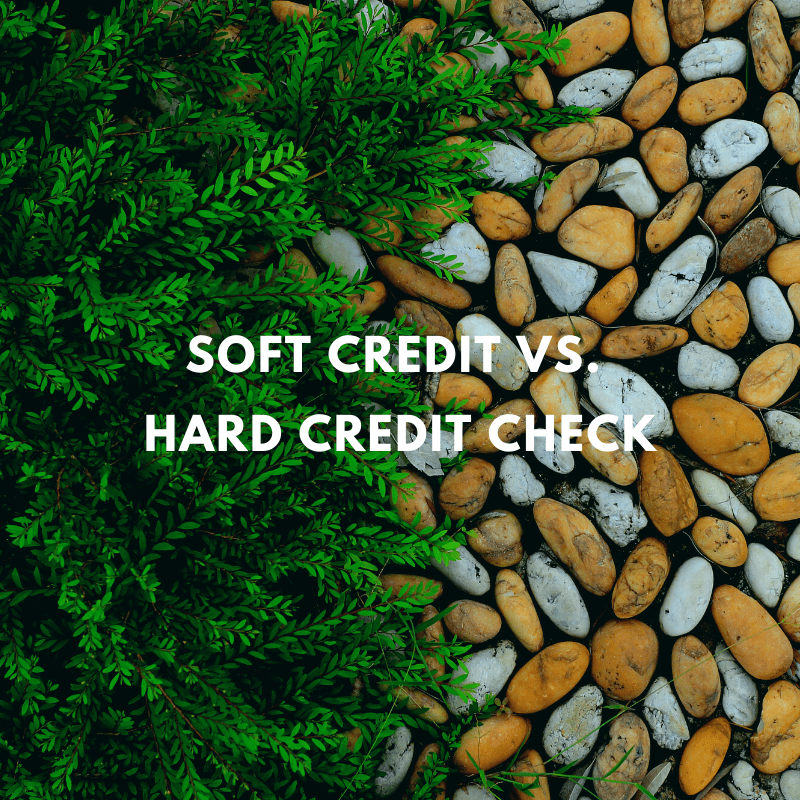Are you looking for a stable place to store your money besides a checking account, maybe a high-yield savings account (HYSA)? But you are wondering are high-yield savings accounts worth it?
High-yield savings accounts are a great place to safeguard your savings while also benefiting from great interest rates.
Many people are turning to HYSAs to build an emergency fund or save towards a short-term goal.
While high-yield savings accounts are a great financial tool, there are pros and cons when deliberating whether it’s ideal for long-term savings.
Pros and Cons of a High-Yield Savings Account
If you’re looking for a deposit account to store short-term savings, a high-yield savings account is a great way to reach your savings goals.
Pros of High-Yield Savings Accounts
Here are five reasons why a high-yield savings account is worth it:
High-Interest Rates
The most obvious reason to put your savings into a high-interest account vs. a traditional savings account is the high APY.
Traditional banks usually offer savings account rates that are around 0.30%, while online banks, such as Marcus, will offer rates much higher than that.
In the case of Marcus, their current APY for an online savings account is 4.15% – roughly 14 times the national average.
Daily Compounding
Compounding is an important consideration when it comes to interest rates. To quote Benjamin Franklin’s description of compound interest, “Money makes money.
And the money that money makes, makes more money.” Many online banks offer daily compounding on their high-interest account balances, which can help you reach your savings goals even faster.
Risk-Free Savings
If you’re putting a lot of money into an account, you want to make sure that your money is going to be safe no matter what.
Luckily, all money that is deposited through a member FDIC financial institution is also FDIC-insured up to $250,000. If anything were to happen, you can rest assured that your money is safe and sound.
Few Fees
A traditional bank account may require you to meet certain requirements or incur a fee, such as maintaining a minimum balance or making a minimum initial deposit.
Online banks, for the most part, have done away with monthly fees, minimum balance requirements, or deposit requirements.
This means that your hard-earned money isn’t being sucked up by monthly maintenance fees and can instead go toward your savings.
Easy to Access
If you’re using a bank account as an emergency fund, it needs to be easy to access. High-yield savings accounts let you tap into your savings as easily as you could with your regular checking account.
Online banks will typically issue a debit card linked to your account when you open it, so you have easy access to your funds whenever you need them.
Because the majority of high-yield savings accounts are issued by online banks, you can also conveniently access your account through mobile apps and online banking.
Cons of a High-Yield Savings Account
High-yield savings accounts are a great option for many savers, but they aren’t perfect. Here are some of the drawbacks of placing your money into a high-interest savings account.
Rate Changes
Unlike other financial products like certificates of deposit (CDs), high-yield savings accounts are subject to rate changes.
Interest rates attached to high-interest accounts are also tied to market conditions. As the market conditions change, as they have in recent months, banks will likely adjust their rates accordingly.
If you are interested in locking in a high-interest rate, it’s better to put your savings in a CD than in a high-yield savings account.
Withdrawal Limits
As is typical with most savings accounts, you will likely face withdrawal limits by putting your money in a high-yield savings account.
Many banks issue debit cards for easy withdrawals, but you may be limited by how much you can withdraw at a time or how many times you can withdraw in a given amount of time.
No Physical Branches
One of the biggest issues that people face with high-yield savings accounts is the fact that they are not attached to physical branch locations.
As the name suggests, online banks do not have brick-and-mortar locations where customers can stop by and conduct transactions.
If a depositor wants to deposit, withdraw, or wire transfer money from their account, they will need to do this through a mobile app or online portal.
For this reason, people who are less technologically savvy may opt for a savings account with lower interest rates to avoid the frustration of technology.
Not Ideal for Long-Term Savings
While you’ll earn a fair amount in interest through a high-yield savings account, it won’t be nearly enough to keep up with inflation rates.
For this reason, high-yield savings accounts aren’t typically recommended for long-term savings. Instead, you should opt for an account where you can invest your money to allow it to grow proportionately with the market.
Alternatives to a High-Yield Savings Account
Not sure if a high-interest savings account is right for your financial goals? Here are three alternative financial products to consider.
Money Market Account
If you are interested in an account that is like a hybrid between a savings account and a checking account, you might want to consider opening a money market account.
A money market account is a deposit account that has features of both a checking and savings account. You will be able to write checks and withdraw money with a debit or credit card, but you will also earn interest on your balance like you would with a savings account.
Money market accounts can offer more flexibility when it comes to withdrawals, but you may still run into withdrawal limits. You also will likely find that they have lower interest rates than high-yield accounts.
Learn More:
Certificates of Deposit
If locking in high interest rates is your top priority, a certificate of deposit will allow you to take advantage of competitive interest rates.
Certificates of deposit are deposit accounts that allow you to lock in an interest rate until the account matures. The only catch is that you cannot withdraw the money until the account reaches its maturity date.
If you need to be able to access your money, a certificate of deposit could be a deal-breaker. But if you can set aside the funds for a short period of time, you could walk away with a guaranteed return.
Learn More:
Investment Accounts
The most advisable approach for long-term savings is to put your money in the financial markets.
Investment accounts are designed to flux and flow with the financial markets. You can invest your money in a variety of ways, such as through stocks, bonds, or mutual or index funds.
In the long term, these accounts tend to yield significantly higher returns than those of a high-yield savings account or CD. However, investments are, by nature, riskier than other forms of savings.
Learn More:
Frequently Asked Questions
What is a High-Yield Savings Account?
Also known as a high-yield online savings account, a high-yield savings account is a type of savings account that offers interest rates that are higher than the national average.
According to the Federal Deposit Insurance Corporation (FDIC), the national average annual percentage yield (APY) for a traditional savings account is 0.33% as of January 17, 2023.
High-yield savings accounts typically have rates that are around 20 times higher than the national average.
So how are these accounts able to offer such higher APYs?
Typically, high-yield accounts are offered by online banks and credit unions. These financial institutions either lack brick-and-mortar locations and are able to offer higher interest rates in return (online banks), or it’s in their charter to serve their members rather than investors (credit unions.)
Learn More:
Is my money safe in a high-yield savings account?
Yes. Most financial institutions are member FDIC and have FDIC insurance on all direct deposits.
How do I open a high-yield savings account?
High-yield savings accounts typically require the following information in order to apply for an account: a government-issued ID, such as a driver’s license or passport; a Social Security number or Taxpayer Identification Number; contact information; address; and a routing number and account number to make an initial deposit.
How much should I have in my account?
How much you’re able to save depends on multiple factors. For an emergency fund, most experts recommend that you keep enough money in your account to cover three to six months of expenses.
Is a High-Yield Savings Accounts Worth It For You?
Whether or not a high-interest savings account is the best option for you will depend on your own personal finances.
As the Federal Reserve (also known as the Fed) continues to raise interest rates to slow economic growth, it is an excellent time to build or contribute to an emergency fund.
If your goal is to build short-term savings, a high-yield savings account is an ideal financial solution.
If you are interested in building long-term savings, you may consider other financial products, such as an IRA or an investment account.






Comments are closed.
Comments are closed here.